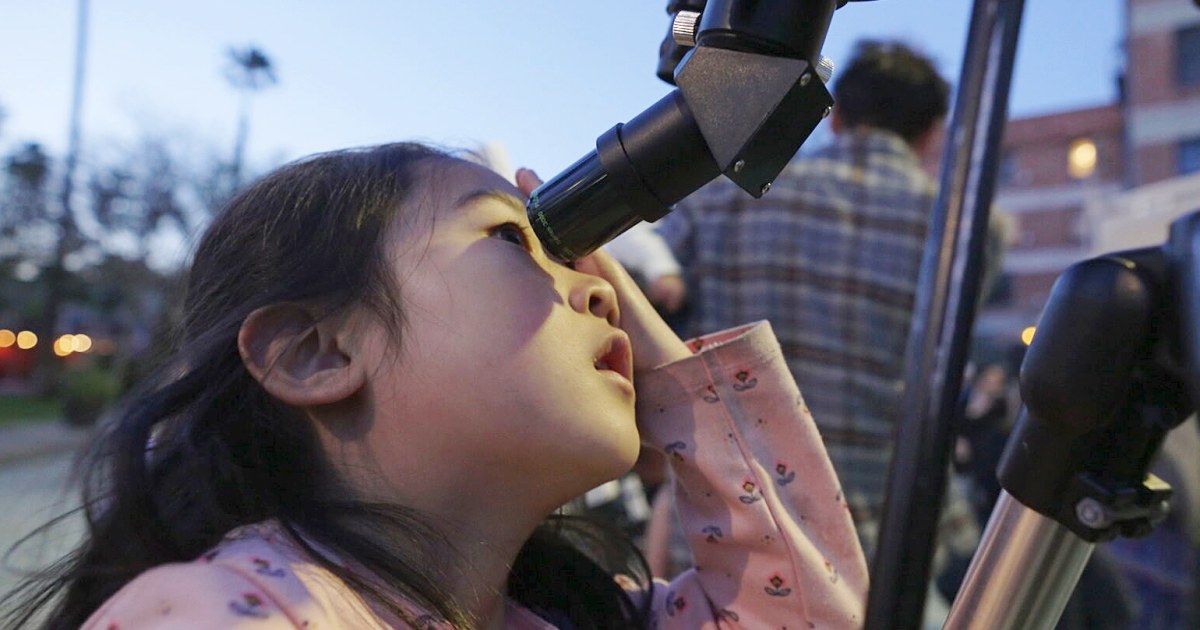
Directional Antenna
A directional antenna is a type of antenna that radiates or receives greater power in specific directions, allowing for increased performance in communication systems. In space and astronautical engineering, directional antennas are commonly used in satellite communication systems, where they are used to transmit and receive signals to and from specific locations on Earth. They are also used in spacecraft communication systems, where they are used to communicate with Earth-based stations and other spacecraft. Directional antennas are preferred over omnidirectional antennas in space and astronautical engineering because they provide higher gain, longer range, and better signal-to-noise ratio. They are also used in radar systems for tracking and monitoring objects in space.
Your Previous Searches
Random Picks
- Airworthiness: In the context of aerospace engineering, airworthiness refers to the measure of an aircraft's suitability for safe flight. It is determined by an array of factors including the design, construction, maintenance, and operation of the aircraf ... Read More >>
- Artificial Satellite: An artificial satellite is a man-made object that is intentionally placed into orbit around the Earth, Moon or other celestial body. Artificial satellites are used for a variety of purposes, including scientific research, communication, nav ... Read More >>
- Inertial Guidance: Inertial guidance is a navigation technique that uses accelerometers and gyroscopes to track the movement of a vehicle in space. The accelerometers measure changes in velocity, while the gyroscopes measure changes in orientation. By integra ... Read More >>
Top News

Easter's date remains divisive. Some church leaders want that to change...
Eastern and Western churches will celebrate Easter on the same day this year, while marking 1,700 years since the Council of Nicaea unified Christian doctrine...
News Source: ABC News on 2025-04-19

In a city of stars, Los Angeles astronomy club makes sure to keep looking up...
LOS ANGELES — While Los Angeles is home to the biggest stars in the world, a monthly get-together is proving that the city’s rich and famous have nothing on the universe....
News Source: NBC News on 2025-04-18

This week on "Sunday Morning" (April 20)...
A look at the features for this week's broadcast of the Emmy-winning program, hosted by Jane Pauley....
News Source: CBS News on 2025-04-17

Scientists detect strongest hints yet of life on a distant planet...
Scientists have detected unique chemical patterns similar to those produced by the Earth's algae and seaweed — raising the possibility of the presence of a warm ocean, perhaps teeming with life, on ...
News Source: NBC News on 2025-04-17

Is there life on another planet? Scientists find the strongest evidence yet...
Near a planet far, far away astronomers have found traces of chemicals that on Earth are only produced by living beings....
News Source: Al Jazeera English on 2025-04-17